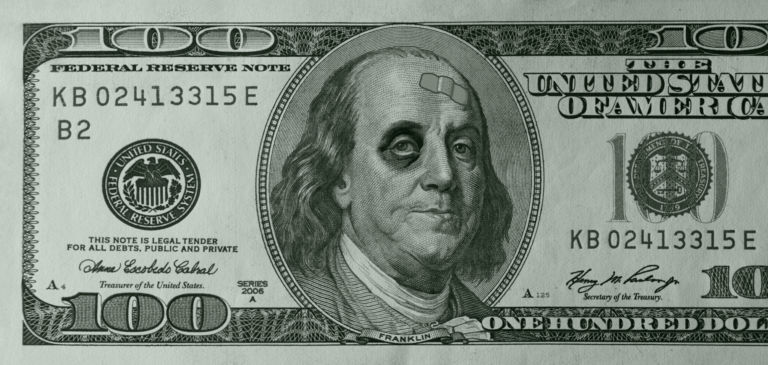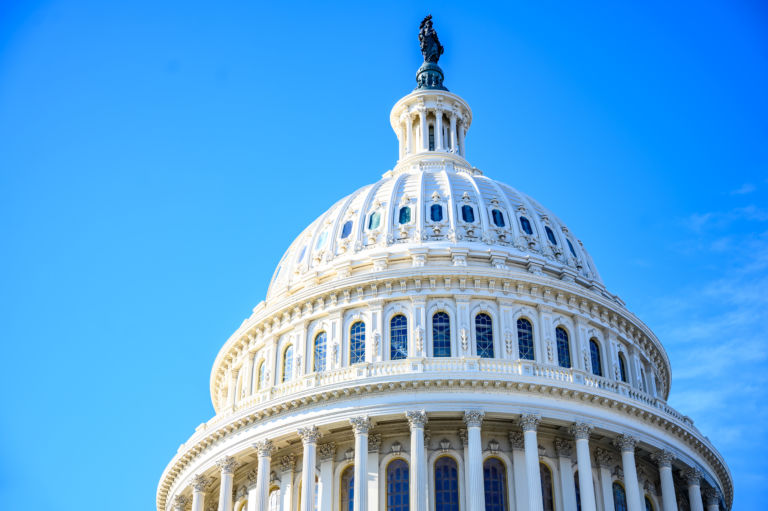John Carney writes for Breitbart about the impact of President Biden’s budget policies.
The U.S. budget deficit increased 23 percent to $1.7 trillion, an increase of $320 billion, in the year after the Biden administration pushed through the Inflation Reduction Act which it claimed would close the government’s funding gap.
The explosive growth in the deficit came as revenue fell $457 billion from a year ago and expenses decreased by just $137 billion. Total spending for the year came in at $6.134 trillion.
Spending would have been higher if the Supreme Court had not declared Biden’s student loan forgiveness program illegal.
The deficit adds to the U.S. debt total, which the government said earlier this week had reached $33.6 trillion. That is more than $250,000 per household and more than $99,000 per person in the U.S. The Pete G. Peterson Foundation has calculated that if every household in the U.S. contributed $1,000 a month to debt reduction, it would take 21 years to pay down the debt.
Much of the increase in the deficit can be chalked up to the runaway inflation sparked by super-sized spending programs—including the Inflation Reduction Act’s $500 billion in new expenditures and tax breaks, the $1.9 trillion American Rescue Plan, and $1 trillion of infrastructure outlays—pushed for by Biden administration.
As a result of inflation, Social Security’s cost-of-living adjustments drove up the program’s cost of $134 billion, for example.
The Federal Reserve was forced to raise interest rates at a record pace and downsize its mammoth balance sheet in an effort to bring down inflation, raising the cost of government borrowing. Outlays for interest on the public debt increased $162 billion, going from $475 billion to $659 billion.
Interest expense as a percentage of GDP rose to 3.3 percent, the highest level since 2001. According to the Pete Peterson Foundation, the U.S. government is spending $2 billion a day on interest payments.
Higher interest rates also lowered the amount of revenue the government receives from the Federal Reserve, adding to the deficit.


